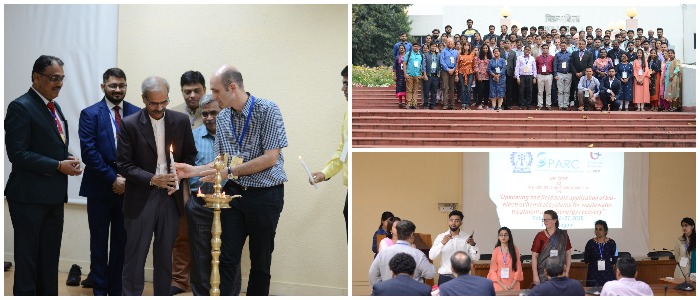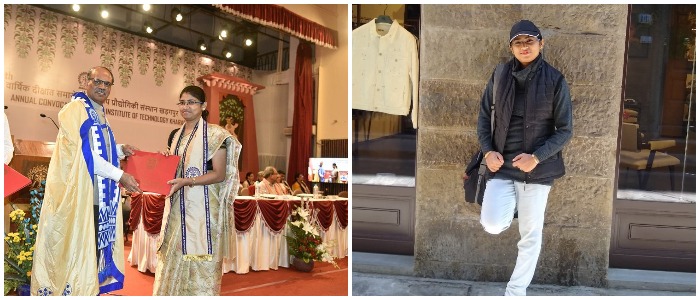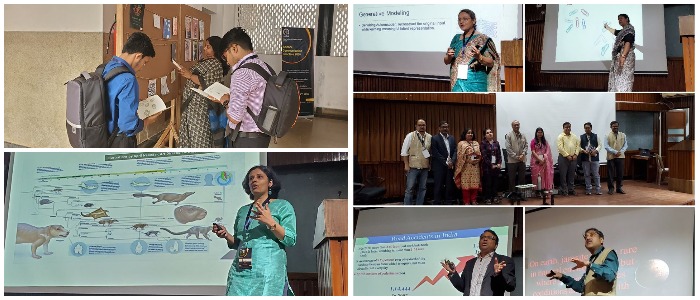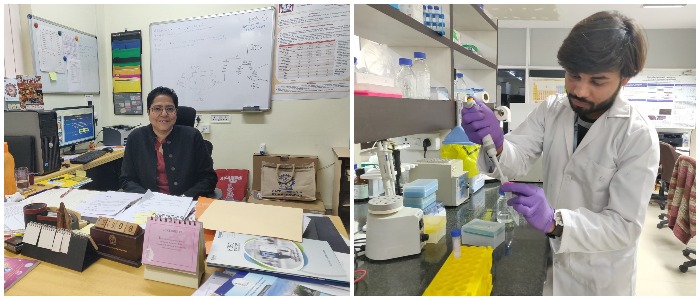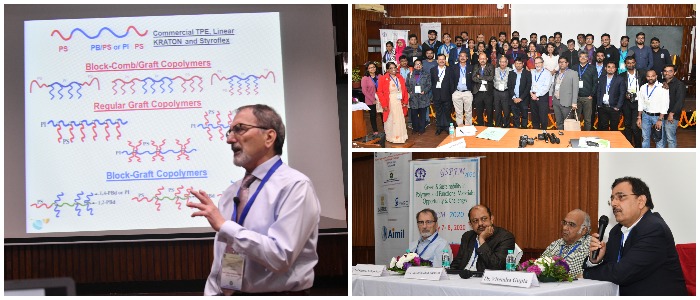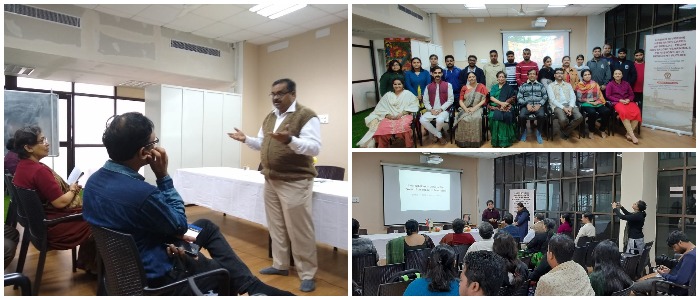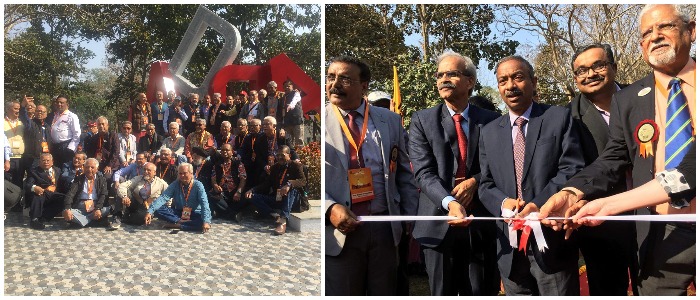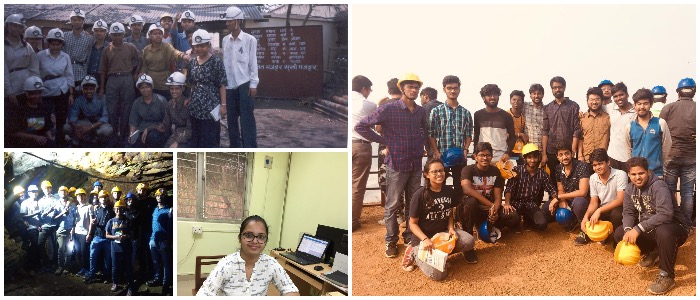
Digging Deep
Changes like that occurring at the Mining Engineering Department of IIT Kharagpur could lead to momentous changes for women in mining in India Could the historically male-dominated mining industry be inching towards greater gender parity? The answer from IIT Kharagpur’s Department of Mining Engineering is yes. The department has seen a sharp rise in the number of female students in the undergraduate studies – from a trickle of one or two in a year to 18 in the year 2019. All the centrally funded technical institutes in India are mandated to increase the number of women graduating from these institutes.…

